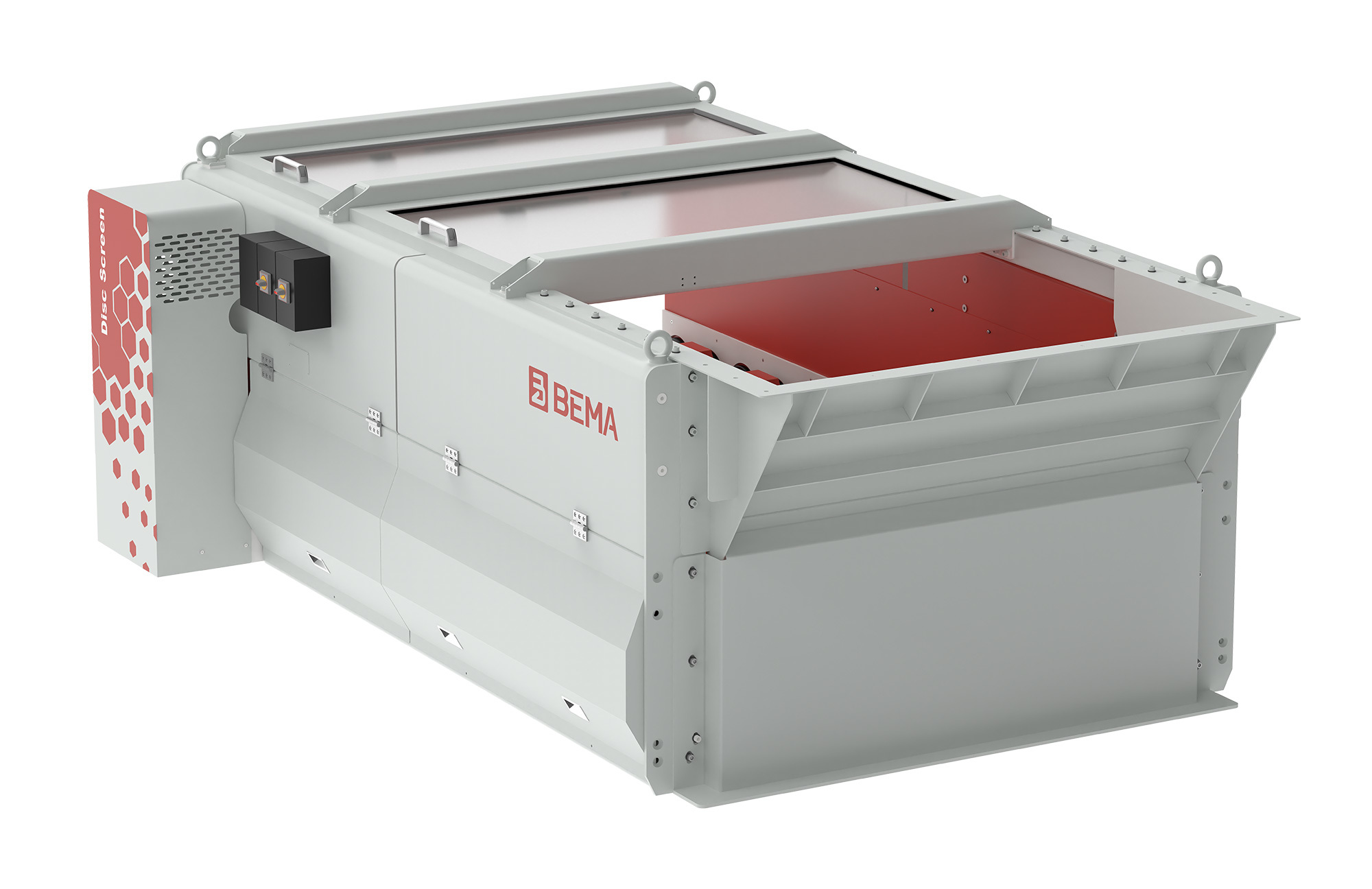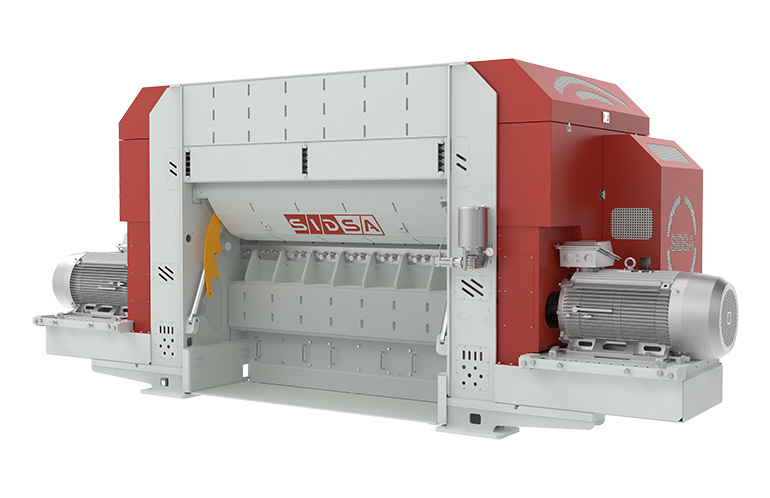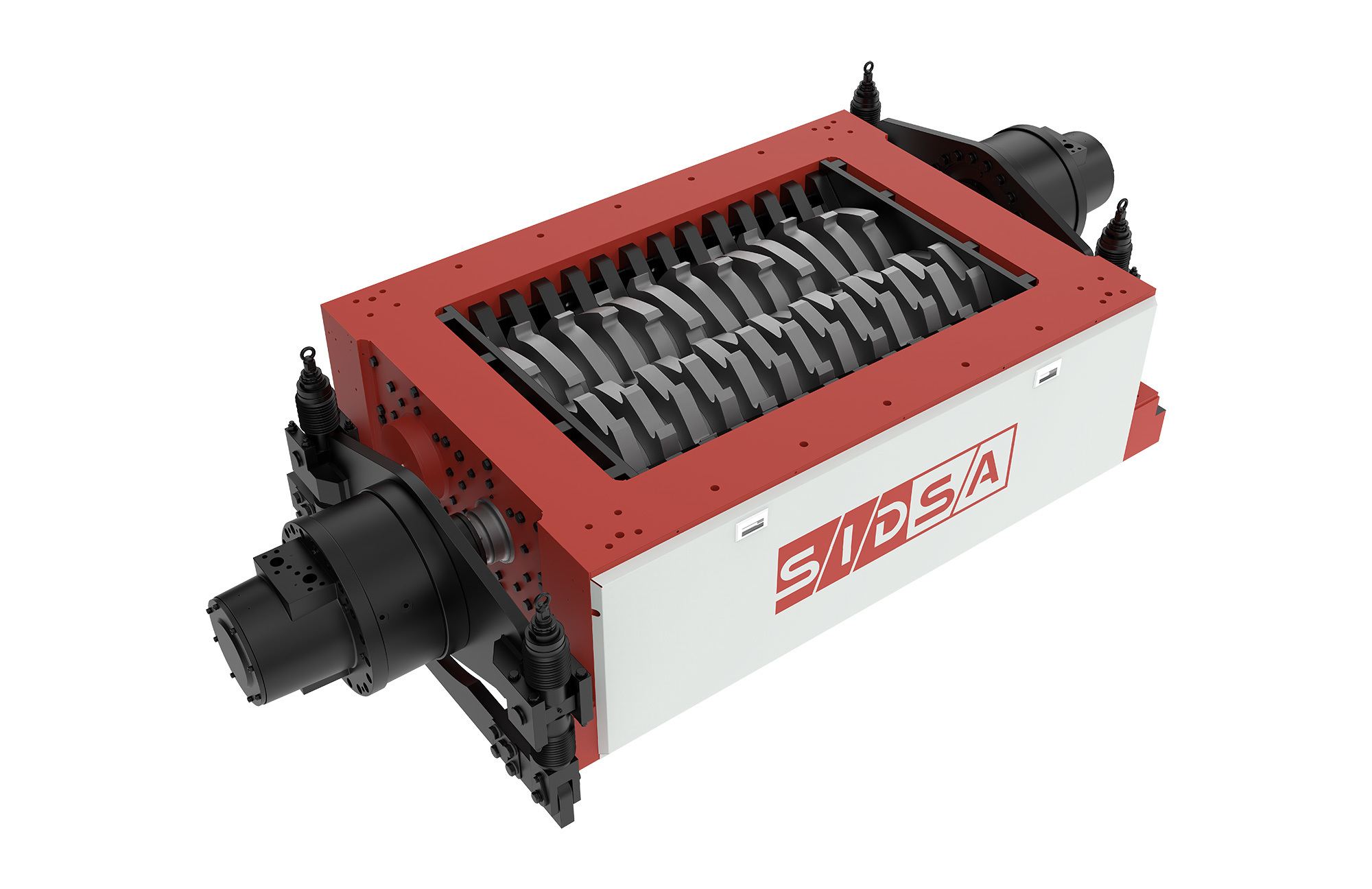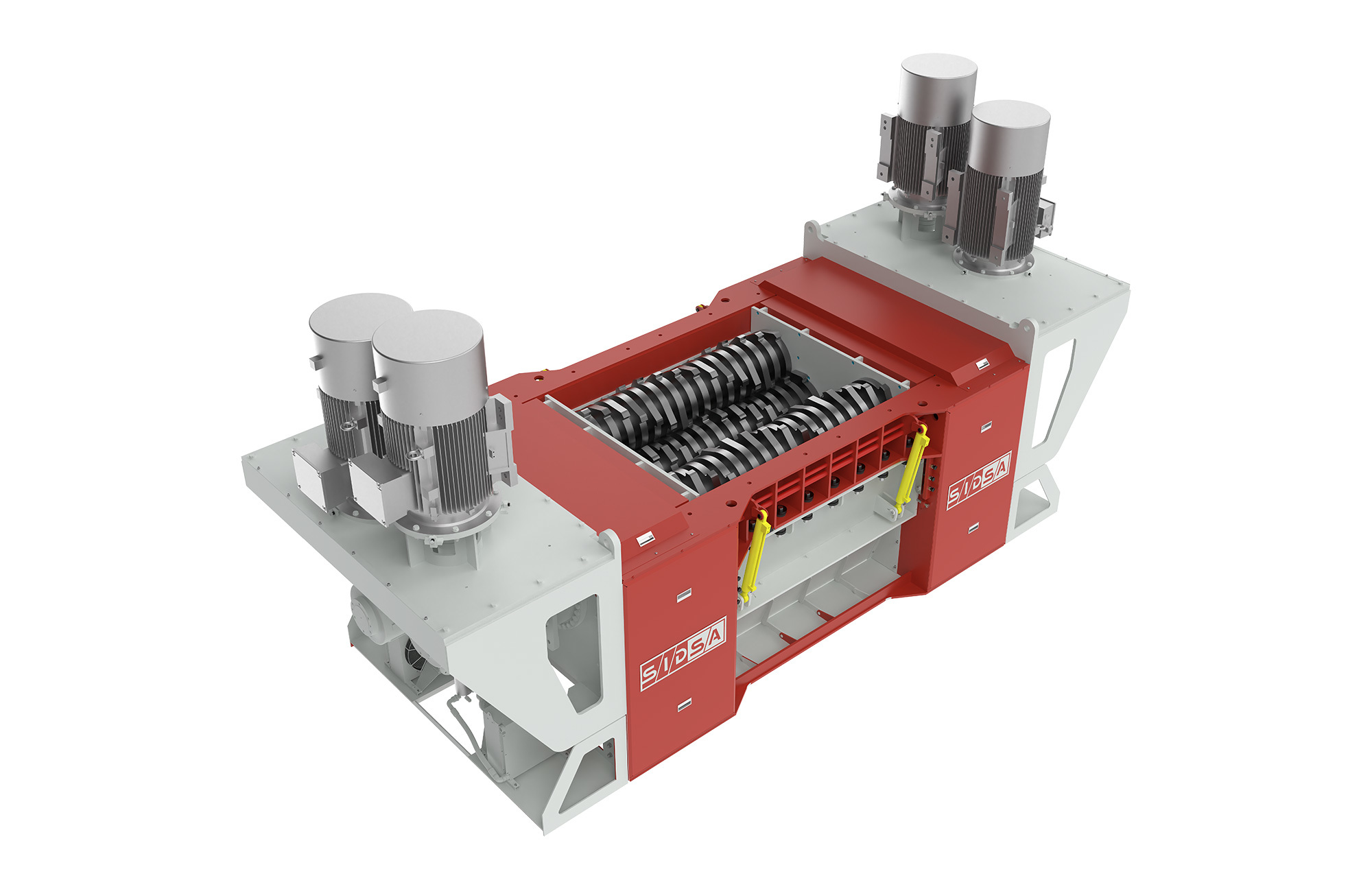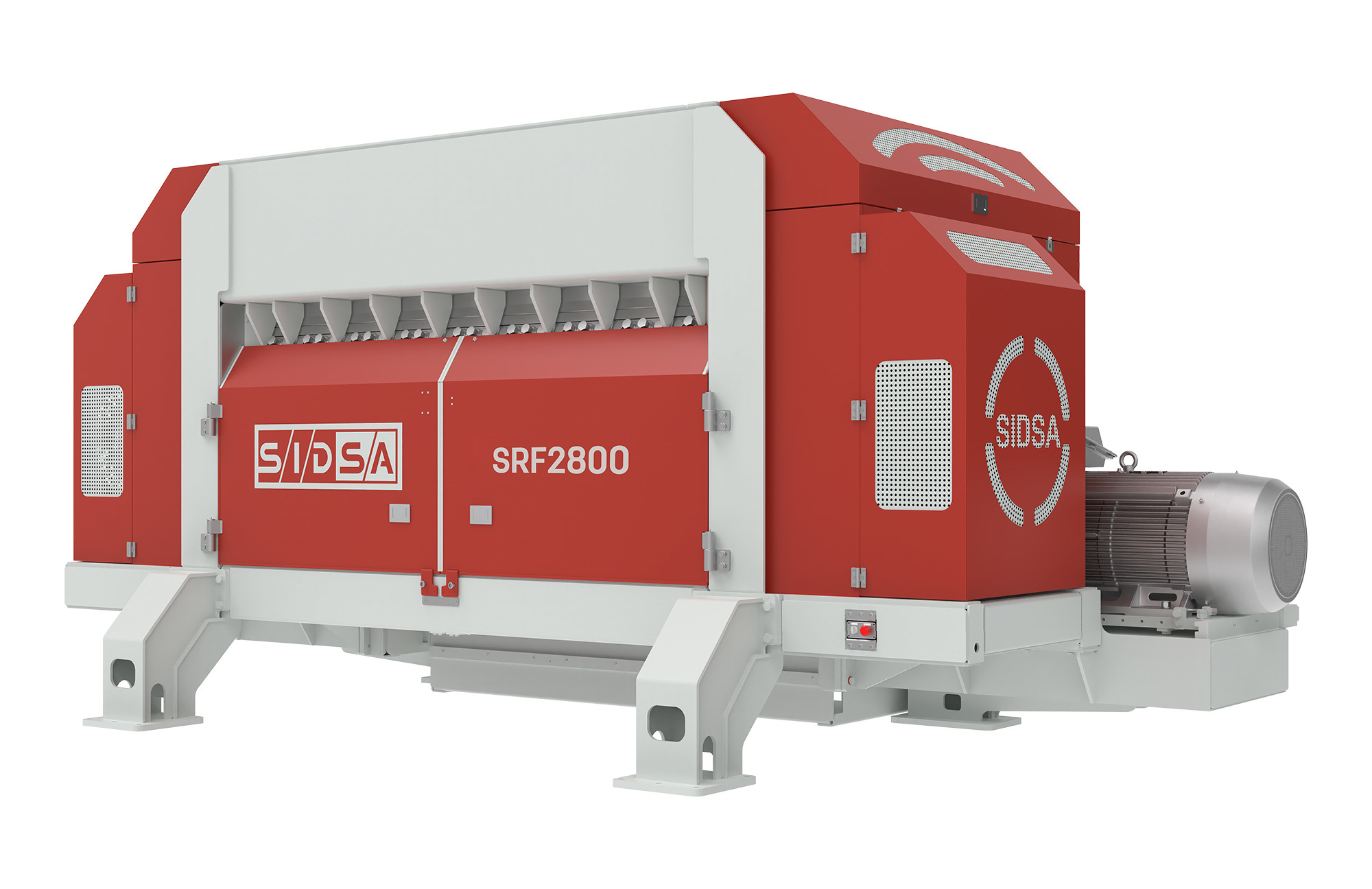Maximizing Efficiency with 4-Shaft RDF Shredders: A Comprehensive Guide
Release Time:
Apr 29,2025
In the realm of manufacturing and processing machinery, particularly in the shredding and sorting sector, the 4-shaft RDF shredder stands out as a pivotal device for enhancing operational efficiency. This machine is designed to handle a variety of materials, including refuse-derived fuels (RDF), which are increasingly crucial in waste-to-energy applications. Understanding the functionalities, advantages, and maintenance of a 4-shaft RDF shredder can significantly impact your production line's performance.
The 4-shaft design provides multiple advantages over traditional shredding systems. Firstly, it offers superior size reduction capabilities. The arrangement of four shafts allows for a more uniform and controlled shredding process, which is essential for achieving specific particle sizes required for RDF production. This precision not only improves the quality of the end product but also optimizes the combustion efficiency when the RDF is used as fuel.
Another notable benefit of 4-shaft RDF shredders is their versatility. These machines can efficiently process various materials, such as plastics, wood, and organic waste. This adaptability makes them an excellent investment for businesses looking to diversify their recycling capabilities and minimize waste. With the increasing emphasis on sustainability, investing in such machines aligns with industry trends favoring eco-friendly practices.
Moreover, the energy efficiency of 4-shaft RDF shredders is a crucial consideration. These machines are engineered to minimize energy consumption while maximizing output. By investing in technology that promotes energy savings, companies can significantly reduce operational costs, contributing to a more sustainable business model in the long run.
Maintenance is another key aspect that should not be overlooked. Regular upkeep of the 4-shaft RDF shredder is essential to ensure optimal performance and longevity. Implementing a proactive maintenance schedule can prevent costly downtime and extend the lifespan of the machine. This includes routine inspections, blade replacements, and ensuring that all moving parts are adequately lubricated and functioning.
In conclusion, the 4-shaft RDF shredder represents a powerful tool in the manufacturing and recycling sectors. Its ability to deliver high-quality RDF while being versatile and energy-efficient makes it an invaluable asset in any processing facility. By understanding the operational benefits and maintenance needs associated with this machinery, professionals can leverage its capabilities to enhance their production processes effectively. As the industry continues to evolve, investing in advanced shredding technology will undoubtedly provide a competitive edge in the marketplace.
The 4-shaft design provides multiple advantages over traditional shredding systems. Firstly, it offers superior size reduction capabilities. The arrangement of four shafts allows for a more uniform and controlled shredding process, which is essential for achieving specific particle sizes required for RDF production. This precision not only improves the quality of the end product but also optimizes the combustion efficiency when the RDF is used as fuel.
Another notable benefit of 4-shaft RDF shredders is their versatility. These machines can efficiently process various materials, such as plastics, wood, and organic waste. This adaptability makes them an excellent investment for businesses looking to diversify their recycling capabilities and minimize waste. With the increasing emphasis on sustainability, investing in such machines aligns with industry trends favoring eco-friendly practices.
Moreover, the energy efficiency of 4-shaft RDF shredders is a crucial consideration. These machines are engineered to minimize energy consumption while maximizing output. By investing in technology that promotes energy savings, companies can significantly reduce operational costs, contributing to a more sustainable business model in the long run.
Maintenance is another key aspect that should not be overlooked. Regular upkeep of the 4-shaft RDF shredder is essential to ensure optimal performance and longevity. Implementing a proactive maintenance schedule can prevent costly downtime and extend the lifespan of the machine. This includes routine inspections, blade replacements, and ensuring that all moving parts are adequately lubricated and functioning.
In conclusion, the 4-shaft RDF shredder represents a powerful tool in the manufacturing and recycling sectors. Its ability to deliver high-quality RDF while being versatile and energy-efficient makes it an invaluable asset in any processing facility. By understanding the operational benefits and maintenance needs associated with this machinery, professionals can leverage its capabilities to enhance their production processes effectively. As the industry continues to evolve, investing in advanced shredding technology will undoubtedly provide a competitive edge in the marketplace.
What Else Might You Learn?
SIDSA focuses on technological research and innovation in the field of waste pretreatment
Product
SIDSA focuses on technological research and innovation in the field of waste pretreatment






